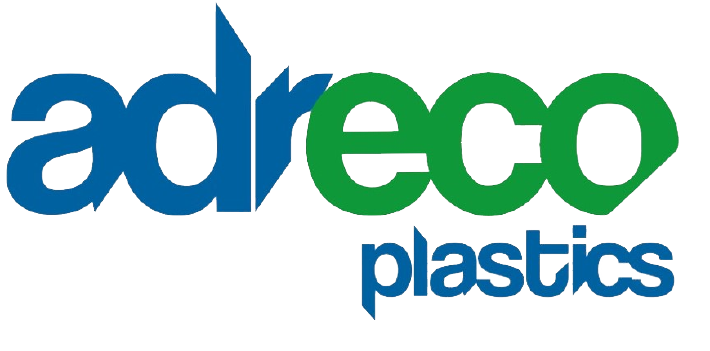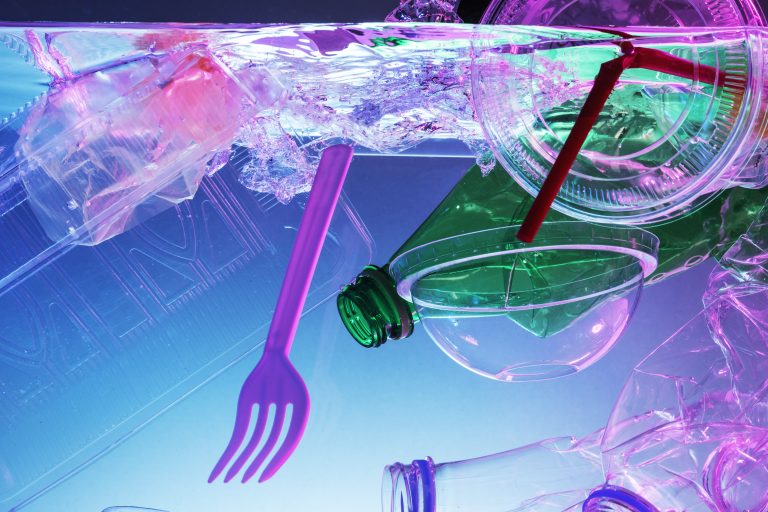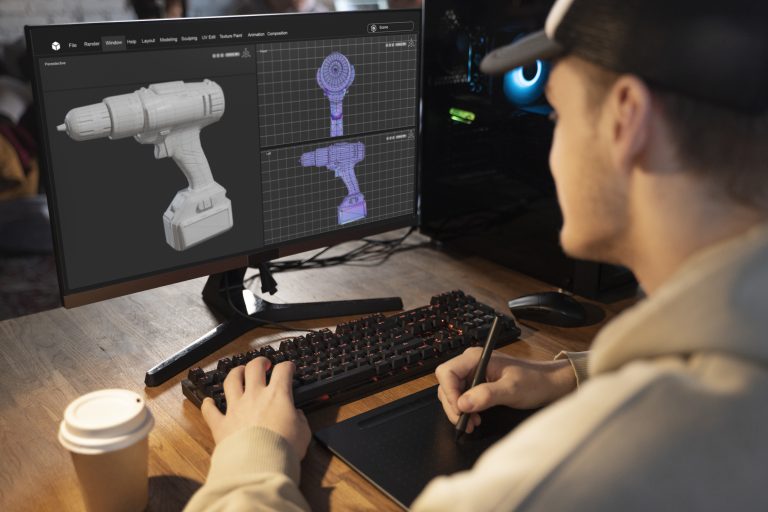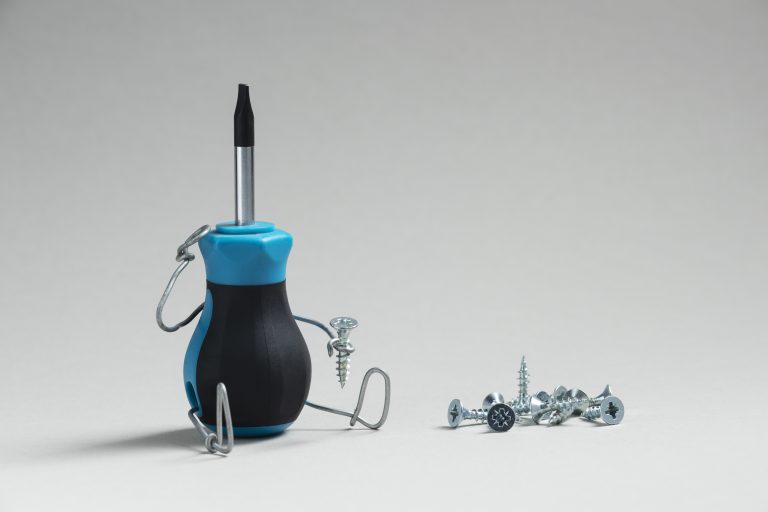Thermoforming is a manufacturing process by which a plastic sheet is heated until it can bend. It is then formed into a specific shape using a mould, trimmed and cooled back into a solid. While it uses a mould like plastic injection moulding, the main difference is that the plastic remains in a solid, albeit softened state, rather than being fully melted into a liquid. Plastics thermoforming is often used to make prototypes or smaller order sizes. However, larger orders can also be achieved through a continuous high-speed process.
What Else Should You Know About Plastics Thermoforming?
The plastic starts off either as sheeting that comes in rolls or resin pellets that are used for in-line thermoforming. There are two main types of plastic thermoforming: vacuum forming and pressure forming.
1. Vacuum Forming
This process uses heat and pressure to shape plastic sheets over a mould. A vacuum pushes it into its final shape. The vacuum method ensures an exact shape that is dimensionally stable with an attractive finish. Some disadvantages include a greater chance of bubbles forming in the plastic, weakening it. To help get around this, the plastic is dried for a lot longer before the thermoforming process starts. Other risks include webs, which can form if the plastic is overheated or the sections that make up the mould are too close together.
2. Pressure Forming
This is a very similar process to vacuum forming, but it involves additional pressure. A pressure box is added to the non-mould side of the sheeting to create up to 60 pounds psi more air pressure. This enables the finished shape to have even sharper, more intricate details on completion. It takes less time to complete than vacuum forming and is ideal for applications requiring enhanced attention to details, such as medical equipment and multi-part assemblies.
What You Can Make With Plastics Thermoforming?
As with plastic injection moulding and other manufacturing techniques, plastics thermoforming is suitable for an extensive range of products and applications. For example, components can be used to make medical covers for equipment requiring high levels of protection. It is similarly suitable for housings for plasma displays, touch screens and flat-panel screens. The agricultural industry uses plastics thermoforming to create toughened panels, roofs and interior parts for farm equipment and vehicles, as does the automotive sector for areas such as dashboards, bumpers, seating, floor mats, air ducts and headlight covers.
Plastics Suitable for Thermoforming
As with other versatile manufacturing processes involving plastics, thermoforming is suitable for a range of polymers. Five of the most common are:
· ABS plastic (acrylonitrile, butadiene, styrene) – known for its heat resistance and is ideal for plastic moulding at high temperatures. Used for pipe systems, golf club heads, musical instruments and toys.
· Acrylic – this stiff, brittle plastic folds nicely when heated, so it is a good candidate for plastics thermoforming. It stands up to the elements well and is available in many colours. Acrylic is commonly used for automotive components such as headlights and personal protective equipment such as visors.
· HDPE (high-density polyethene) is also made from petroleum and is exceptionally robust. It is used for plastic bags, water pipes and sports equipment.
· PET plastic (Polyethylene terephthalate) – is especially popular for plastics thermoforming projects as it is durable and offers strong resistance to chemicals, heat, impacts, and more. It is easily recyclable, too, adding a more sustainable element to a manufacturing project.
· PVC plastic (polyvinyl chloride) – has a robust and durable structure that can withstand the heat and pressure of the plastics thermoforming process. Low cost to produce, PVC has many everyday uses, including pipes, cabling, information signs and more.
Advantages and Disadvantages to Plastics Thermoforming
As with any manufacturing method, there are both advantages and disadvantages to plastics thermoforming to consider. The process is highly adaptable and can meet many customer specifications around designs’ size, shape, and complexity. It is ideal for creating prototypes due to the lower costs involved in production. You can create several different products with the same plastic sheeting or resin pellets, and the finished parts are attractive and durable.
Disadvantages include that plastics thermoforming is limited to thin-walled products, and there is a risk of developing bubbles or webs during the process. However, as already described, plenty can be done before starting the process to mitigate these risks. For example, dry the plastic sheeting for longer before inserting it into or onto the mould.





